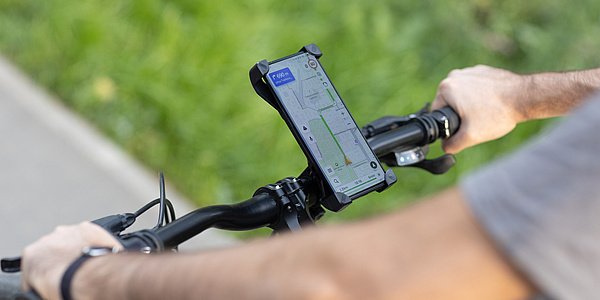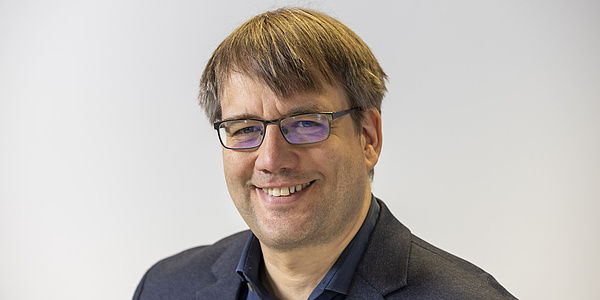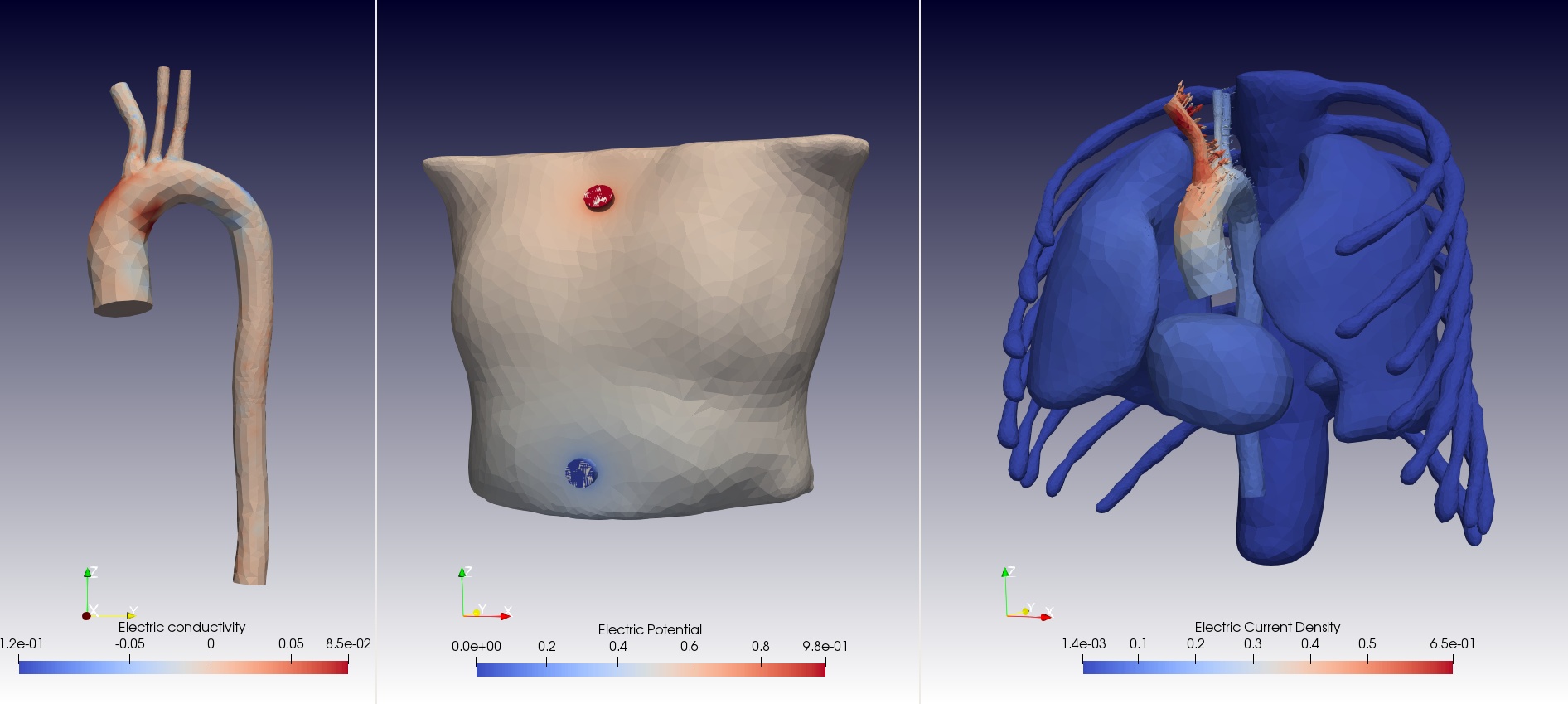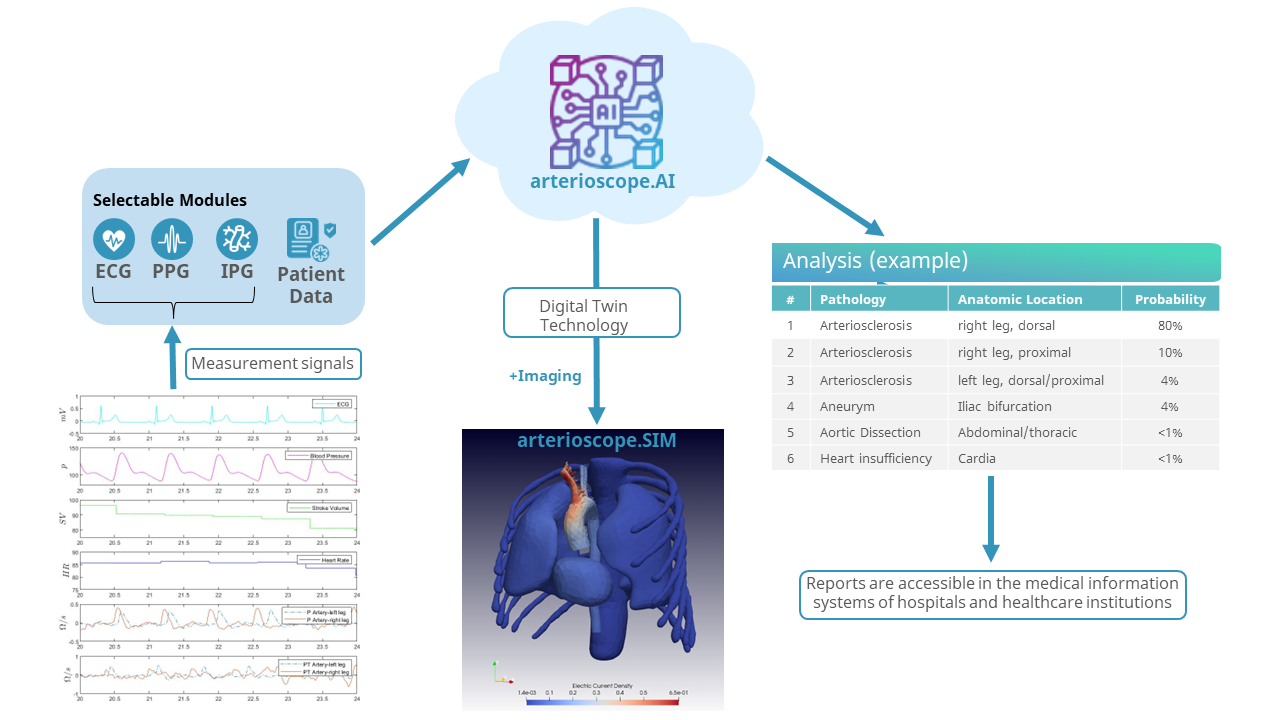Cardiovascular Diseases Recognised at an Early Stage by Machine Learning
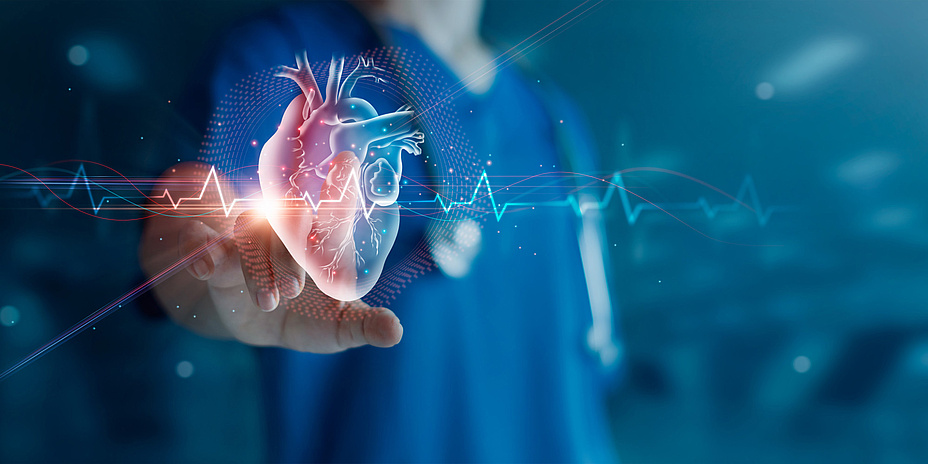
Cardiovascular diseases are among the most common causes of death worldwide. They are often only discovered when symptoms have already appeared and the disease is already relatively advanced. Instead of drug treatment, surgery is then usually necessary. During their doctoral theses as part of the TU Graz lead project “Mechanics, Modelling and Simulation of Aortic Dissection” led by Gerhard Holzapfel, Sascha Ranftl from the Institute of Theoretical and Computational Physics and Vahid Badeli from the Institute of Fundamentals and Theory in Electrical Engineering at TU Graz found a way to improve and accelerate the early detection of such diseases without the use of expensive diagnostic methods such as MRI or CT. Using a digital twin of the affected persons, they can also investigate any diseases more thoroughly. This can relieve the burden on patients and doctors as well as healthcare facilities. They have already applied for a patent for their method and are now bringing it to market maturity in the TU Graz spin-off “arterioscope”.
Influenced electric fields
“The basic principle is that any disease that changes the cardiovascular mechanics will also change the externally applied electrical field in a certain way. This applies to arteriosclerosis, aortic dissection, aneurysms, heart valve defects, etc.,” says Sascha Ranftl. The researchers can use normal electrical, bio-impedance or optical signals – for example from an ECG, PPG or smartwatch – which they analyse using a machine learning model they have developed themselves that recognises potential diseases from the signals. At the same time, the model indicates how high the probability is that a particular disease is actually present. The machine learning model was trained using real clinical bio-impedance data and values from simulations of the cardiovascular system. Due to the numerous parameters that play a role in the cardiovascular system and the many simulations that are necessary for a statistically significant result, machine learning makes it possible to obtain results with over 90 per cent accuracy in a reasonable amount of time. Another advantage of machine learning analysis is that it also recognises changes that even experienced doctors would not be able to detect from ECG data with the naked eye.
For example, this method can be used to determine the degree of arterial stiffening. If arteries become increasingly stiff, this is usually a preliminary stage of aortic dissection and therefore a premature warning signal. Once a risky change has been identified, the diagnostic data can be used to create a multi-physical simulation model in the form of a digital twin, which also predicts the further course of the disease. This allows doctors to carry out a more in-depth analysis. In the TU Graz spin-off arterioscope, Sascha Ranftl and Vahid Badeli are now developing this technology further together with partners from the healthcare sector in order to enhance the accuracy of their current algorithms and further extend and adapt them for clinical practice.
Interplay between physics and electrical engineering
The starting point for this development was the interdisciplinary work with their colleagues in the lead project and the fact that their two specialisms complement each other perfectly: Sascha Ranftl is a physicist and Vahid Badeli is an electrical engineer. Their joint knowledge and the findings from the lead project enabled them to break down the connection between changes in externally applied electrical fields – for example from sensing electrodes – and the mechanics of the cardiovascular system in such a way that precise conclusions can be drawn about potentially negative changes in the cardiovascular system.
“There is a lot of information that can be collected from outside the body with little effort,” says Vahid Badeli. “So far, it has been difficult to find out exactly what this information means. But with our computer models and the help of machine learning, we can understand it better and find correlations.” This will make it possible to treat patients earlier when, for example, drug therapy is possible instead of surgery.
This research is anchored in the Fields of Expertise “Human & Biotechnology” and “Information, Communication & Computing”, two strategic foci of TU Graz.
Would you like to receive the latest stories, news, research stories, interviews or blog posts from TU Graz directly on your smartphone or in your email inbox? Subscribe to the TU Graz Telegram newsletter free of charge.
Kontakt
Sascha RANFTL
Dipl.-Ing. Dr.techn. BSc
TU Graz | Institute of Theoretical and Computational Physics
ranftl@tugraz.at
Vahid BADELI
Fogh-lis. Lis. Dr.techn.
TU Graz | Institute of Fundamentals and Theory in Electrical Engineering
Phone: +43 316 873 35524
vahid.badeli@tugraz.at
